Hello Forecasters,
Welcome back to the Inflection Point.
Now, before we get into the dirt on 'clean beauty,' we have an exciting update!
NWO.ai rolled out a new tool called The Observer.
Think of it as a team of researchers working 24/7 to keep you in the loop on scientific breakthroughs.
You'll hear more about it in the coming weeks.
For now, let's talk beauty.
This month, NWO.ai presented at the Sustainable Cosmetics Summit here in NYC.
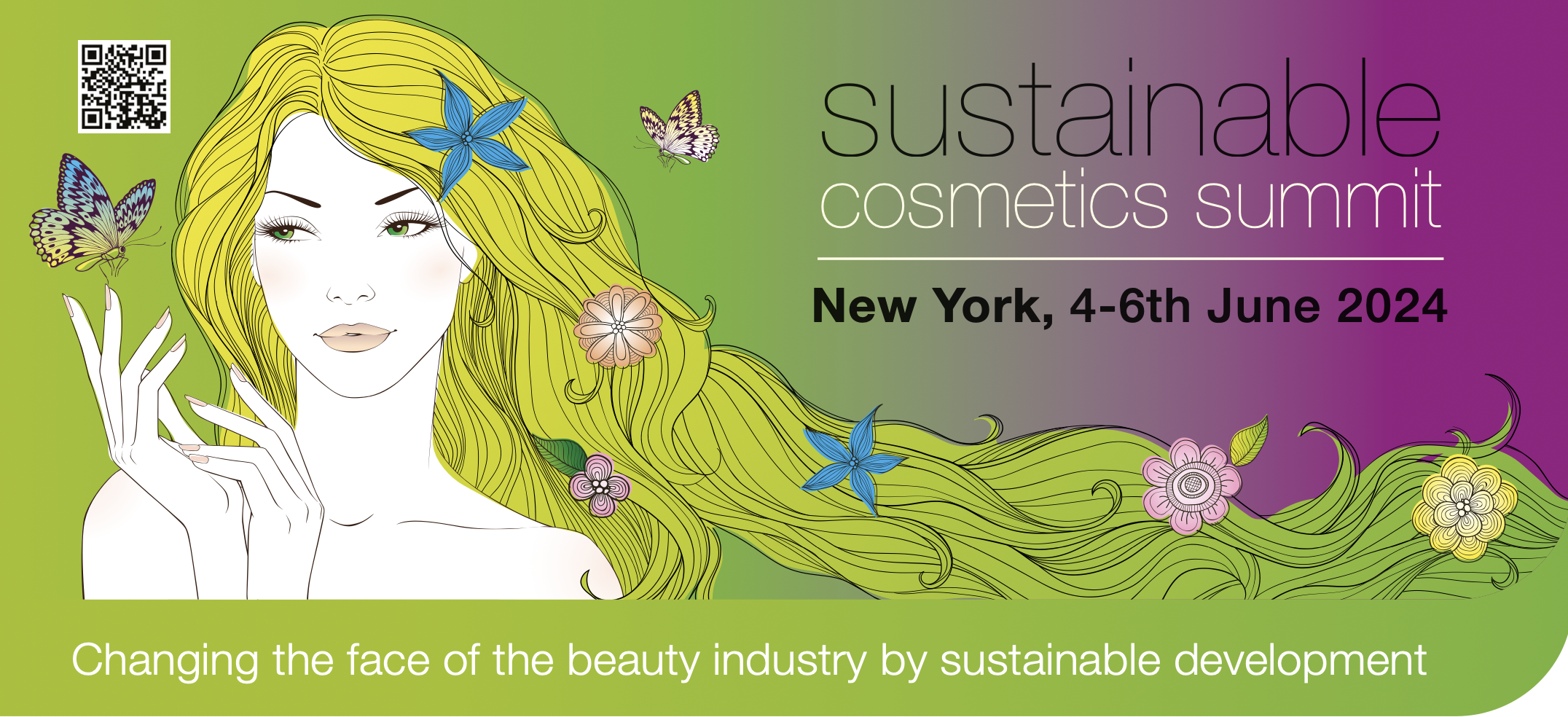
Spoiler alert: consumers think 'clean beauty' is a scam.
TLDR;
• A lack of unified standards, inflation, and preservative-free formulas are to blame.
• AI is revolutionizing biotech to mimic the most sophisticated and sustainable designer we know: Mother Nature.
• Expect to hear the terms 'cleanical' and 'biomimicry' a lot more.
So, is this really the end of 'clean beauty'?

Yes and no.
"Clean beauty is a load of bullocks."
That's what sustainability icon Stella McCartney said in 2022.
She went on to say...
"I understand why people use the term; it conjures up wonderful images of purity, but I would never use it."
And yet, outlets like Yahoo! finance project year after year market growth, focusing on I.G. mentions and TikTok hashtags.
Brands often make the mistake of R&D and marketing strategies based on only a few social metrics.
But these insights aren't the whole picture.
Just because it's trending on TikTok doesn't mean it has long-standing cultural relevance.
The strongest business decisions come from diversified data insights.
Is social listening important?
Absolutely.
Are Google trends relevant?
Sure.
But wouldn't you want as many data points as possible to get the most holistic understanding of a topic?
We think so.
So what does the largest civilian data platform have to say about 'clean beauty'?
One that's pulling from:
- Patents
- SEC filing
- E-Comm reviews
- Academic journals
- Chinese data sources (WeChat, Weibo)
....and more
The data is clear.
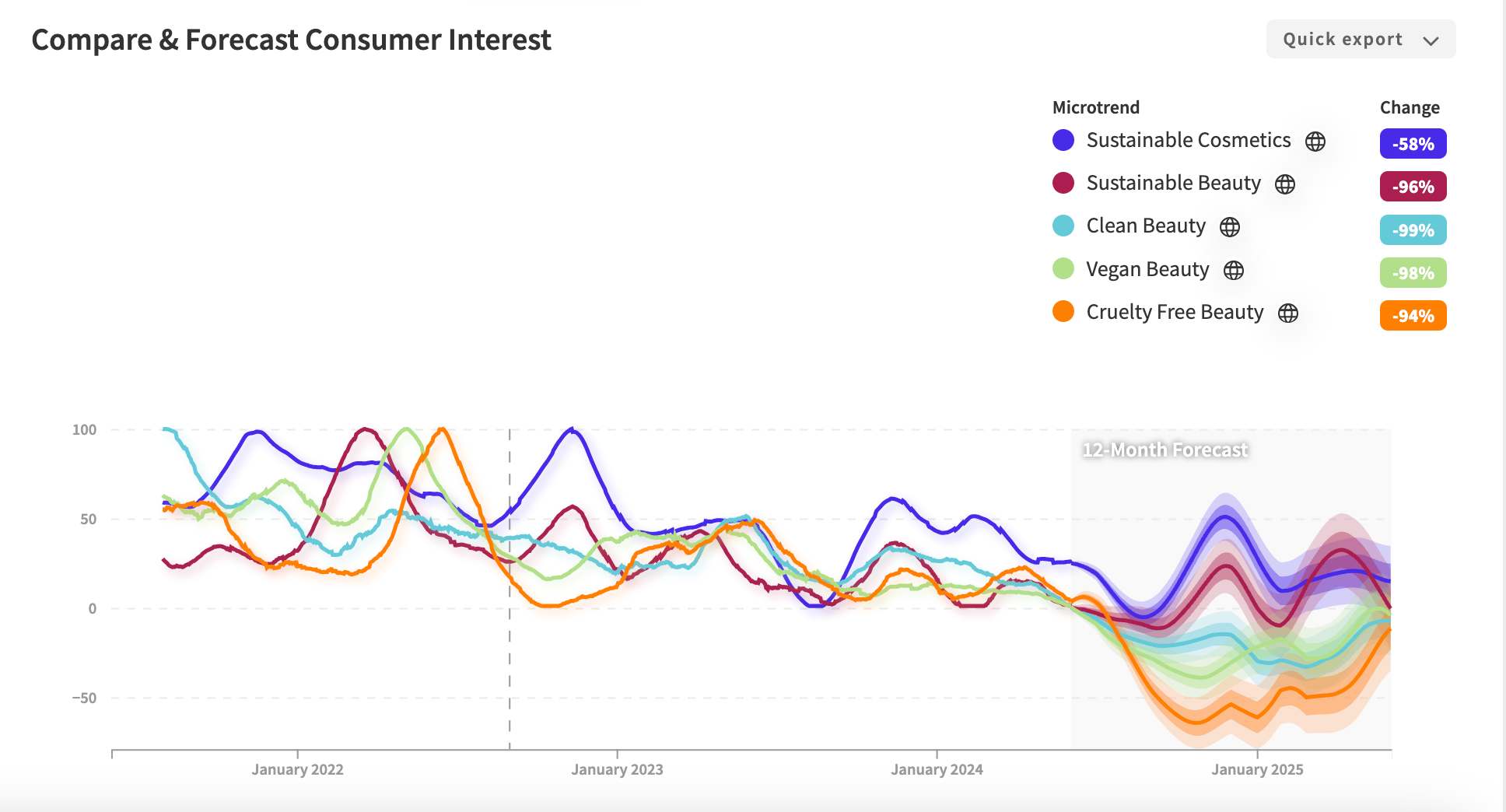
'Clean Beauty' is losing consumer interest.
And experts know why:
- No legal standards or definition
- Inflation and supply chain pressures
- Unintended consequences from preservative-free formulas
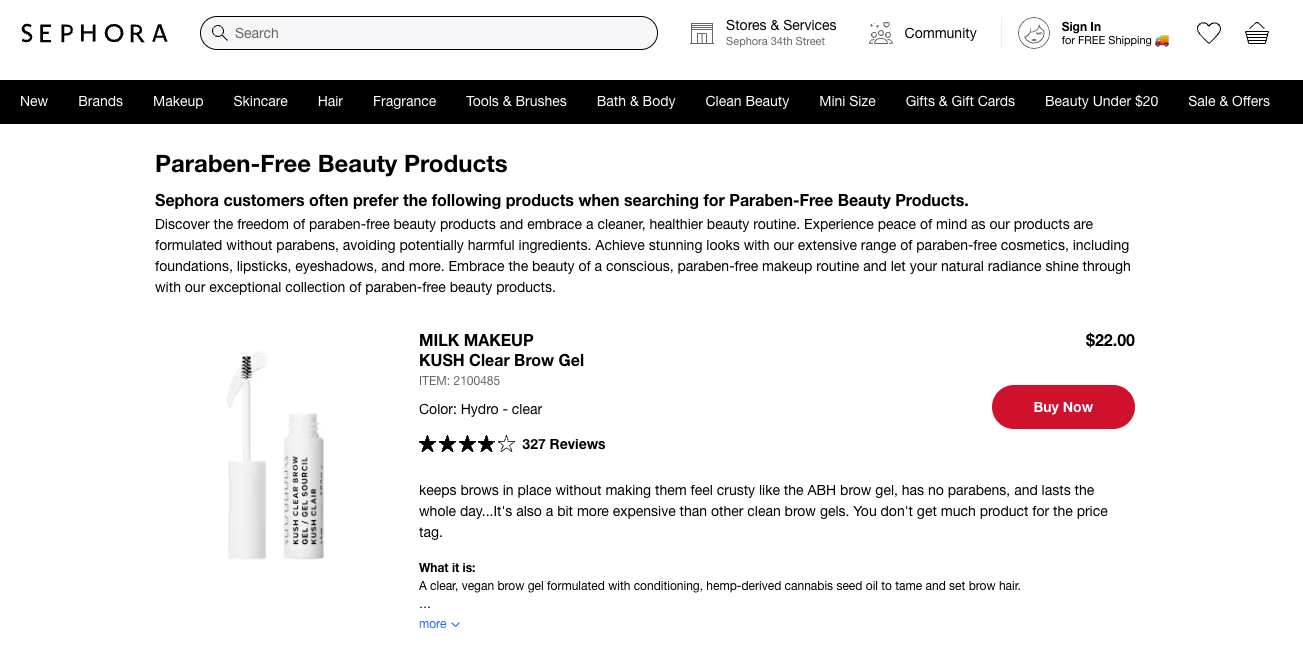
So what are people saying?
One of the strongest connected microtrends NWO.ai picked up for the signal 'clean beauty' was 'paraben-free.'
Not surprising.
You won't find a 'clean beauty' brand that doesn't label their products 'paraben free,' yet many consumers don't know what that means.
People heard "parabens are bad" and just accepted the higher premiums because they felt safer.
So, what are parabens?
Parabens are a type of preservative used to extend the shelf life of ingredients. They help minimize mold and bacteria growth, especially in water-based products, but they have been claimed to be harmful in one widely circulated paper from 2004.
Studies thereafter have been inconclusive.
The FDA says that they continue to monitor parabens but don't believe that the amount used in cosmetics is harmful.
When analyzing the social snippets for the signal, 'paraben free,' two conversation themes emerge.
- Concerns that parabens are endocrine disrupting and can lead to cancer.
- Paraben-free makeup gets moldy and expires faster.
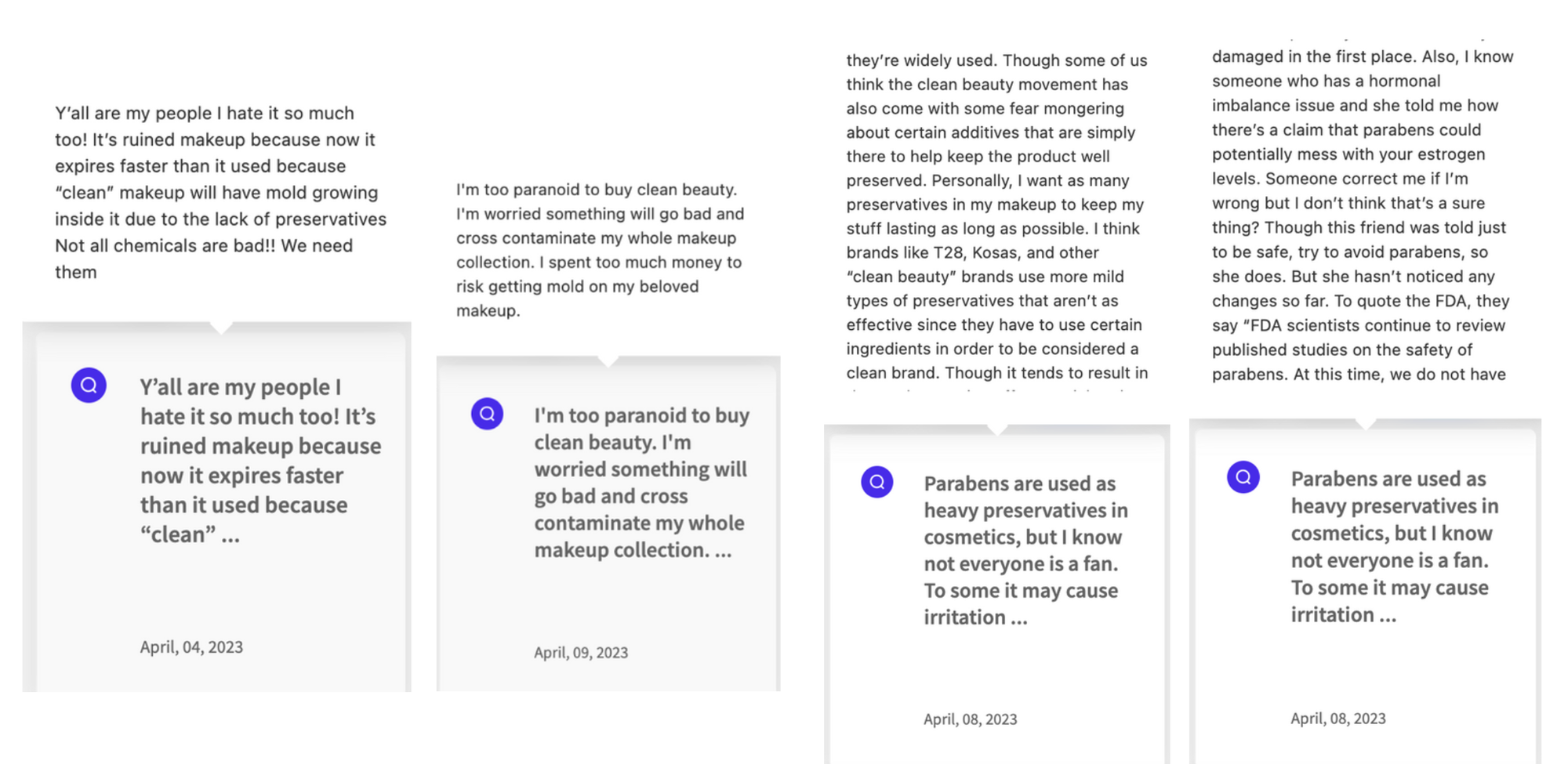
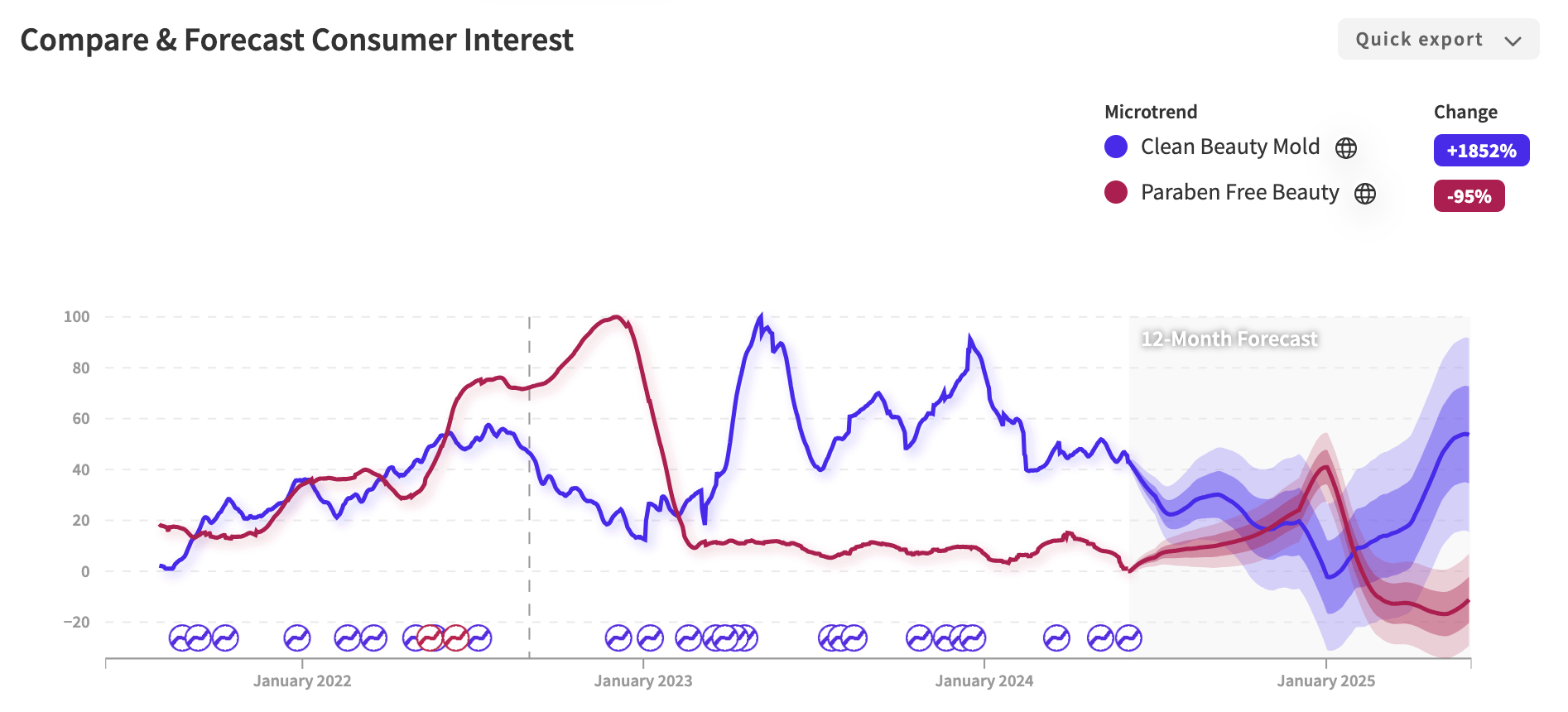
The NWO.ai signal comparisons above show that the spike in 'paraben-free beauty' conversations in late 2022 triggered peaks of discussion around 'clean beauty mold' in 2023 and 24.
'Chemophobia' fuels 'Clean Beauty'
Much of the psychology that drives the clean beauty movement is a fear of chemicals.
Understandable.
But not all chemicals are bad.
We wouldn't have functional products without them.
'Synthetic' and 'Lab-Grown' get a bad rep.
Many people confuse the marketing of 'all natural' ingredients as 'sustainable' – but using pounds of rose petals for just a few drops of essential oils is not environmentally friendly.
It's far more sustainable to grow bacteria in a lab that replicates the chemical composition that gives roses their smell.
This is why the sustainability industry has known for years that the future of 'clean beauty' is biotech.
Get ready to hear more marketing terms like 'Cleanical Beauty.'
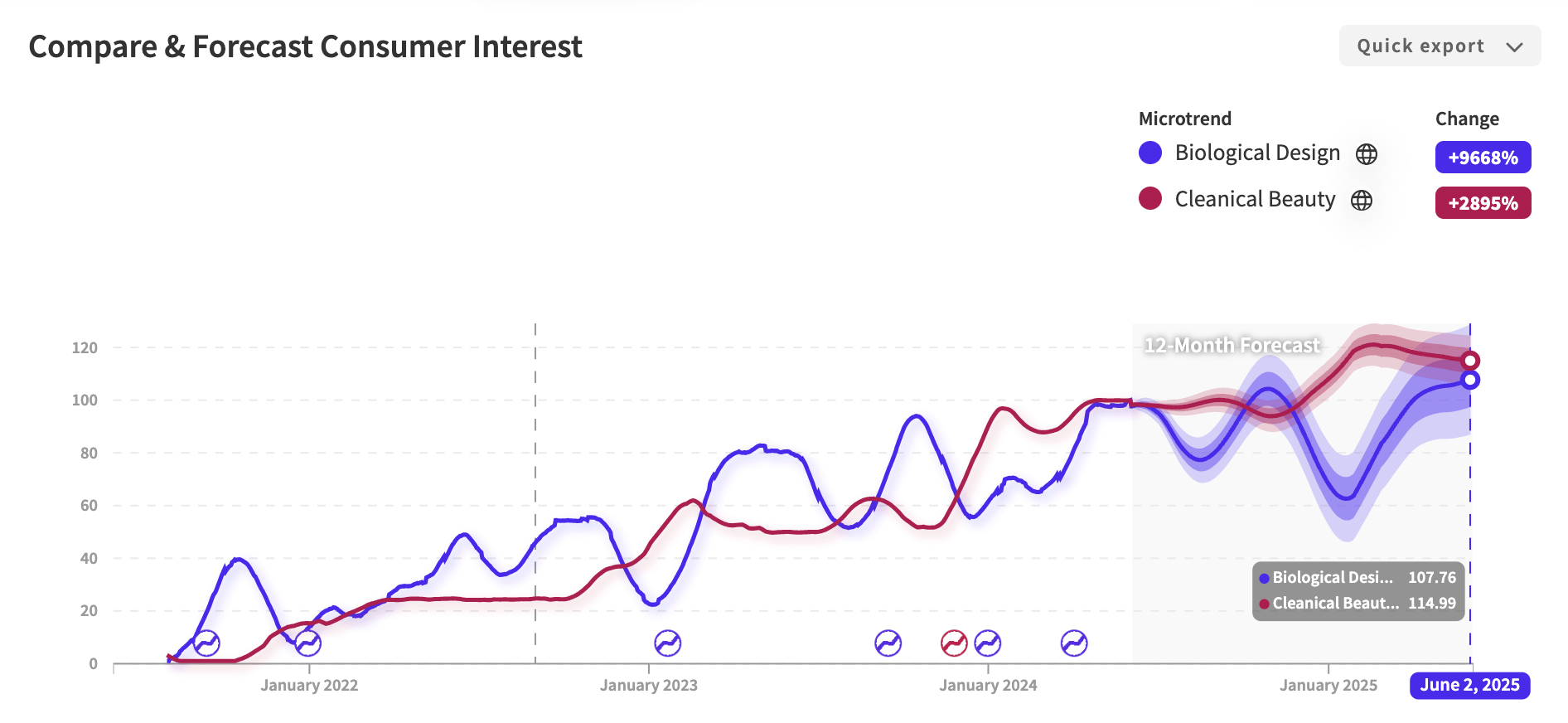
Consumers have historically shied away from anything marketed as 'synthetic' or 'lab-grown,' which makes it difficult to communicate sustainability breakthroughs in biotech.
Shifting from 'synthetic' to 'biologically designed' offers a more captivating narrative to educate consumers.
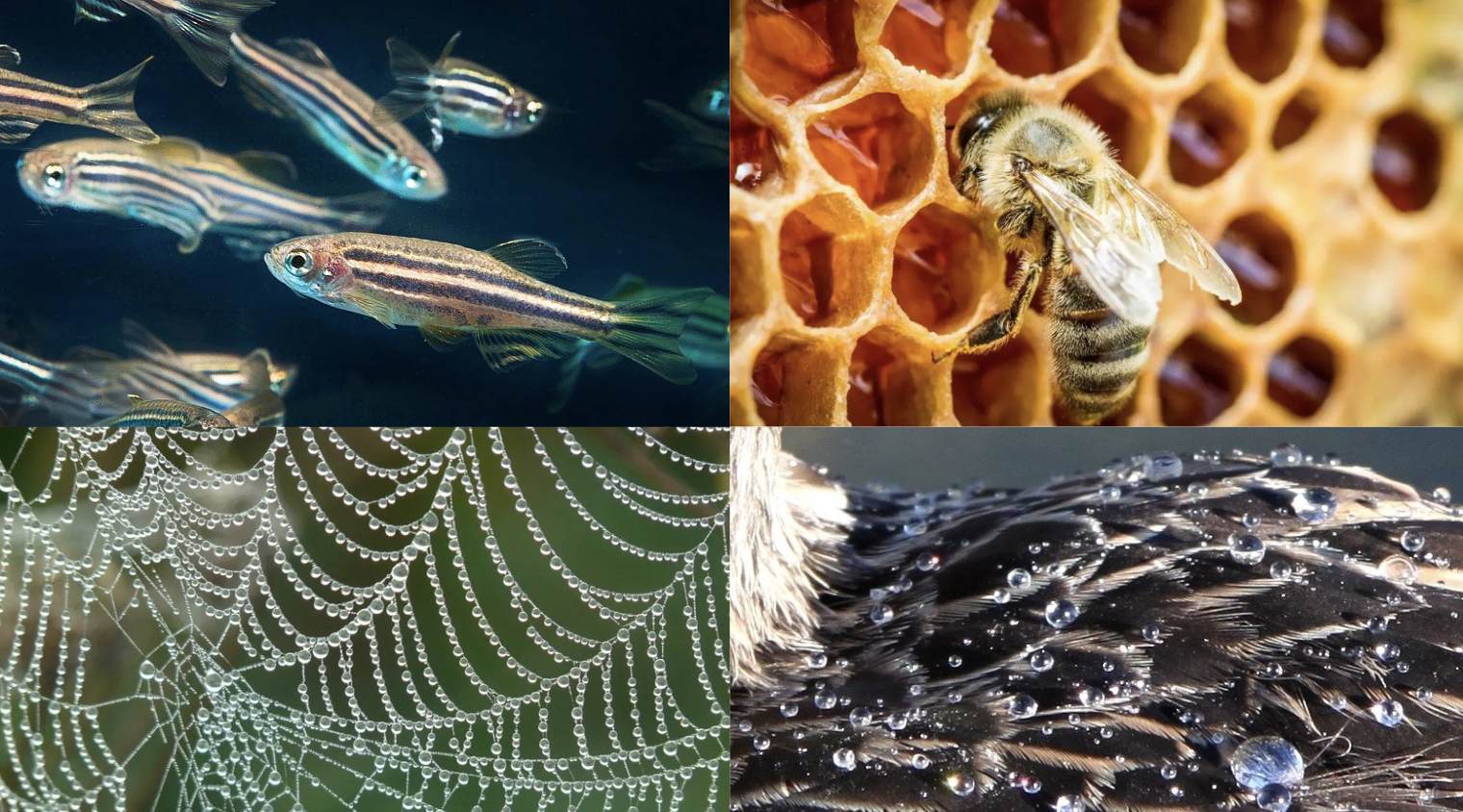
Using technologies like Google's Alphafold, we can look to nature for qualities we want to recreate.
Fish don't get sunburt, do they?
With AI, we can copy DNA proteins to mimic what nature took millions of years to create. This field of R&D is called Biomimicry.
For example, nanotechnology companies are utilizing duck DNA to develop chemicals that would coat paper products to make them resistant to water. This means that if they accidentally get wet, they can still be recycled, not landfilled.
'Biomimicry' offers 'clean beauty' a new way to connect with consumers.
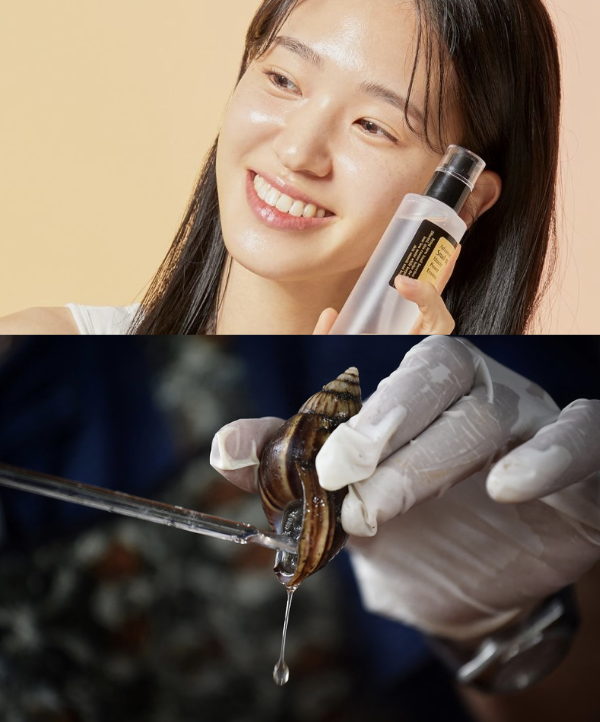
A market example, although not a result of biotech, is the explosion of consumer interest in 'Snail Mucin.'
The average person knows that snails secrete this gooey, slimy consistency. It's easy to connect the visual function in nature with the desired benefit of a product.
Sustainable brands can leverage AI curiosity to educate their customers on ingredient and material innovations.
We're all in the same boat of awe, curiosity, and fear when it comes to AI. People are looking for brands they trust to offer examples of how these technologies are not only useful but truly innovative.
OK, that's all we've got for now.
Thanks for spending time with us on this week's Inflection Point.
We'll see you next time.